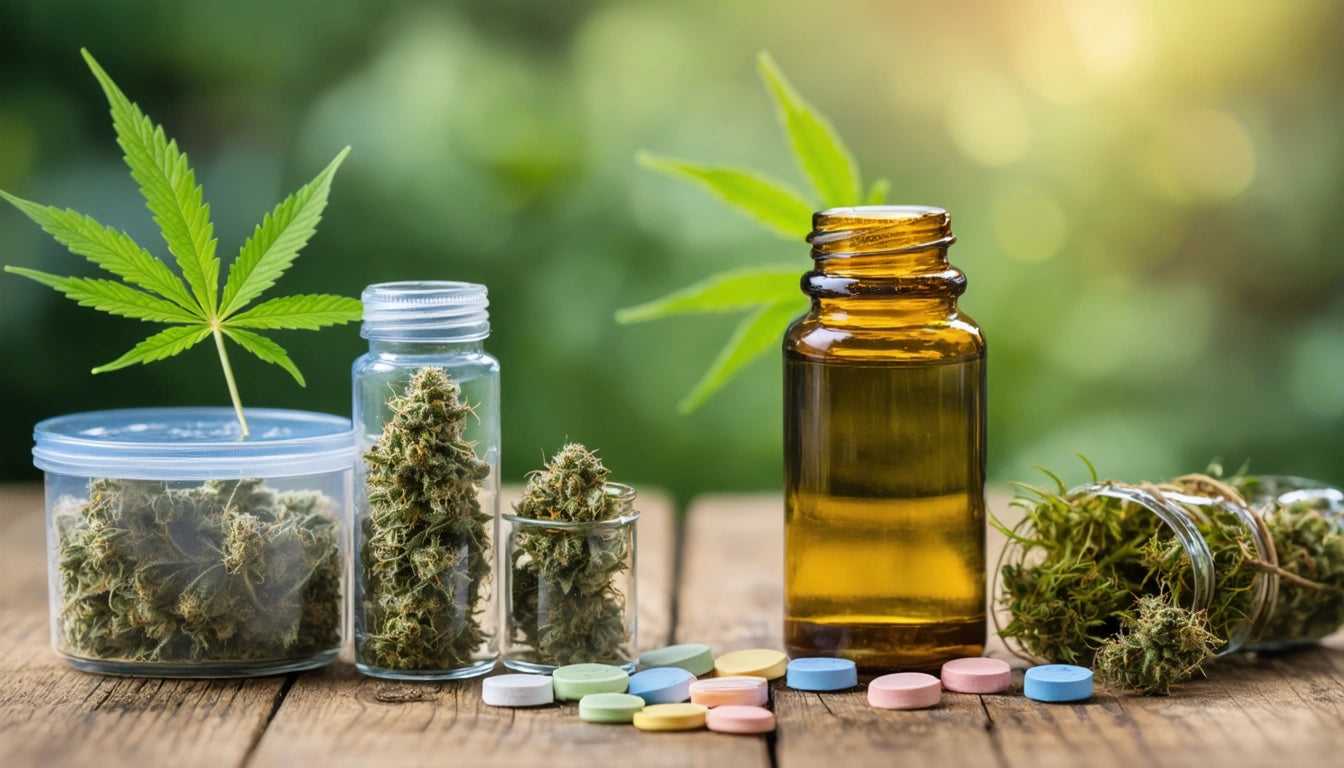- Understanding Canna Plants: Varieties and Requirements
- Starting Your Canna Garden: Seeds vs. Clones
- Soil and Nutrients: The Foundation of Healthy Canna Plants
- Lighting and Environment: Creating Optimal Growing Conditions
- Watering Techniques: Finding the Right Balance
- Pest Management: Protecting Your Canna Plants
- Harvesting and Processing: Maximizing Your Yield
- Advanced Growing Strategies for Experienced Cultivators
The Ultimate Canna Plant Growing and Care Guide
Growing canna plants successfully requires understanding their unique needs and providing consistent care throughout their lifecycle. Whether you're a novice gardener or an experienced cultivator looking to refine your techniques, this comprehensive canna grow guide covers everything from germination to harvest, ensuring your plants thrive and produce optimal yields.
Understanding Canna Plants: Varieties and Requirements
Canna plants are versatile and resilient, but different varieties have specific requirements. Before starting your growing journey, it's essential to understand the characteristics of your chosen strain. Some varieties thrive in indoor environments with controlled lighting, while others perform better outdoors with natural sunlight.
According to our detailed guide on growing canna seeds, selecting the right genetics for your growing environment is the first critical decision that will impact your entire cultivation process.
Starting Your Canna Garden: Seeds vs. Clones
When beginning your canna cultivation journey, you'll face the choice between starting from seeds or clones. Each method has distinct advantages:
- Seeds: Offer genetic diversity and stronger tap roots but require more time and may produce varied results
- Clones: Provide genetic consistency and faster growth but may carry pests or diseases from the mother plant
For beginners, feminized seeds often provide the best balance of reliability and quality. They eliminate the need to identify and remove male plants, which is crucial for producing the desired flower.
Soil and Nutrients: The Foundation of Healthy Canna Plants
Canna plants thrive in well-draining, nutrient-rich soil with a pH between 6.0 and 7.0. A quality growing medium provides the foundation for robust root development and nutrient uptake. Many cultivators find success with:
- Organic soil amended with perlite and vermiculite
- Coco coir for hydroponic or semi-hydroponic setups
- Super soil mixes that provide nutrients throughout the growing cycle
Following a canna nutrients grow guide is essential for understanding the changing nutritional needs during vegetative and flowering stages. Nitrogen-heavy nutrients support leafy growth during vegetation, while phosphorus and potassium become more important during flowering.
Lighting and Environment: Creating Optimal Growing Conditions
Proper lighting is perhaps the most critical factor in successful canna cultivation. Indoor growers must select appropriate lighting systems and establish the correct light cycles:
- Vegetative stage: 18-24 hours of light daily
- Flowering stage: 12 hours of light and 12 hours of uninterrupted darkness
Temperature and humidity must also be carefully managed, with ideal ranges being:
- Vegetative stage: 70-85 °F (21-29 °C) with 40-70% humidity
- Flowering stage: 65-80 °F (18-26 °C) with gradually decreasing humidity to 30-40% by harvest
Proper ventilation prevents mold and pest issues while strengthening plant stems through gentle air movement.
Watering Techniques: Finding the Right Balance
Watering canna plants requires attention to detail and responsiveness to plant signals. Overwatering is one of the most common mistakes made by new growers. Rather than following a strict schedule, learn to read your plants:
- Test soil moisture by inserting your finger 1-2 inches into the soil
- Water when the top layer feels dry but before plants show signs of wilting
- Ensure proper drainage to prevent root rot
As plants grow larger, their water requirements increase. During flowering, pay special attention to water quality and pH, as improper levels can lock out nutrients and affect final quality.
Pest Management: Protecting Your Canna Plants
Vigilant pest management is crucial for a successful harvest. Common canna pests include spider mites, aphids, and fungus gnats. Integrated pest management (IPM) approaches combine preventative measures with targeted interventions:
- Regular plant inspection, focusing on leaf undersides
- Maintaining clean growing environments
- Introducing beneficial insects like ladybugs or predatory mites
- Using organic pesticides only when necessary
For processing your harvest, quality equipment makes a significant difference. Many cultivators rely on efficient grinding equipment to prepare their dried material for further processing into various products.
Harvesting and Processing: Maximizing Your Yield
Knowing when and how to harvest is as important as the growing process itself. Harvest timing affects potency, flavor, and overall quality. Look for these signs of readiness:
- Pistil color change from white to orange/brown
- Trichome appearance changing from clear to cloudy or amber
- Slight leaf yellowing as the plant redirects energy to flowers
After harvesting, proper drying and curing are essential steps that preserve quality and enhance the final product. As outlined in our comprehensive harvesting guide, slow drying in controlled conditions (60-70 °F with 45-55% humidity) followed by curing in glass jars produces the best results.
Advanced Growing Strategies for Experienced Cultivators
As you gain experience with canna care, you may want to explore advanced techniques to maximize yields and quality:
- Training methods: Techniques like topping, LST (low-stress training), and SCROG (screen of green) to increase light exposure and yield
- Specialized nutrients: Tailored feeding schedules with bloom boosters and supplements
- Harvest timing optimization: Selective harvesting based on trichome development for specific effects
Many experienced growers also explore making canna-infused products from their harvest, extending the utility of their cultivation efforts.
By following this comprehensive canna grow guide and adapting to your specific environment and plant needs, you'll be well on your way to becoming a successful cultivator. Remember that growing is both a science and an art, with each cycle providing new learning opportunities to refine your approach.











Leave a comment
All comments are moderated before being published.
This site is protected by hCaptcha and the hCaptcha Privacy Policy and Terms of Service apply.